Author: sp15 (US server)
Hello everyone,
second part od the Swedish series by sp15, enjoy!
As mentioned in the previous part, Sweden started to look for new tanks in 1928. This led to the modernization of Strv fm/21 and the purchase and unsuccessful trials of Renault NC-27. After the disappointing trials with Strv fm/28, it was decided to find another alternative. The requirements for a New Tank were set as follows:
- Weight of no more than 12 tons
- Frontal protection from 37mm guns
- Armament of both machineguns and a cannon
- Good mobility in Swedish terrain
- And at least 20kph sustainable speed on roads
By 1929, there were already three Swedish companies competing for the production of the next Swedish tank.
First was Mogårdshammar, an engineering company with little experience in military equipment. They had however come in contact with an Austrian by the name of Fritz Heigl, who was known for his book “Taschenbuch der Tanks”. Through this contact, Mogårdshammar was able to offer two relatively modern designs. The first one was og conventional design, inspired by contemporary British and French designs. The vehicle was to weigh 10,5 tonnes, have frontal armour of 30mm, be armed with a 37mm gun and to have the top speed of 25kph on roads.
Mogårdshammar proposal A:
The other design was more unconventional, with the ability to function like an armored train. It could accomplish this thanks to its railroad wheels, that could be lowered to allow it to use train tracks for transport. It is unclear, whether this second option was ever seriously considered. The artillery department, which was in charge of the procurement of tanks, was rather skeptical to both designs of Heigl and to using an unproven company, like Mogårdshammar. By the time Mogårdshammar was ready to produce the first prototype, there were other competitors.
Mogårdshammar proposal B:
Second company, interested in producing tanks, was Bofors, who had for a long time been Sweden’s biggest arms manufacturer. They had been working with German Krupp company and through their strong connection to Krupp, they were able to offer a tank, that was secretly developed in Germany. This was of course the Leichter Traktor. It does seem that Bofors was also planning a design of their own, as we have found a suspension patent from Bofors from around this time:
Bofors suspension patent from 1933 – uncovered by Volketten:
Last company willing to participate was AB Landsverk, a small company, situated in southern Sweden, that had started out as a railcar manufacturer in 1850′s. In 1920′s, the company had gone bankrupt and was bought by German Gute-Hoffnungs-Hütte. Since 1928, they were used to circumvent the Verseilles Treaty and started to build and design large amounts of armoured vehicles. They were already involved in producing and testing a small number of prototype armoured cars for Wwedish army in 1929. Landsverk also built several German-designed (R-R Kampfwagen M28) L-5 wheel-cum-track tanks, that were later tested in Russia and Germany. This tank was now offered to Sweden as well as other, more advanced, designs, that were in the works.
Landsverk L-5 (Räder-Raupen-Kampfwagen M28 GFK):
In late 1930, the competitors were summoned to Berlin to show their tank designs. Both Landsverk and Bofors were able to show functional prototypes, but Mogårdshammar, due to the untimely death of their designer Heigl, was forced to withdraw. The Bofors proposal was soon turned down, as it was in its current state unfit for Swedish conditions. Instead, Landsverk was chosen to produce the new tank.
Original Landsverk L-30 design from 1931:
Swedish army ordered three L-10 tanks and one L-30 tank from Landsverk. These were similiar designs, developed from the L-5 and both were equipped with the same radio and turret – with one major difference. The L-30, like the L-5, had wheel-cum-track suspension setup, while the L-10 did not. This suspension meant that while the tank could only go 35kph on its tracks, it could reach speeds of up to 80kph on its wheels. The designs were ahead of their time, with fully or in the case of the L-10 partially welded hulls with sloped armor and modern suspensions, designed by Ferdinand Porsche. They were also equipped with radios and had rear mounted transmission.
L-30 and three L-10 tanks under construction at Landsverk:
Landsverk L-10 and L-30 designs were ordered into production as Strv m/31 and Strv fm/31 in 1931. It would take 3 years for the tanks to be finished and the first ones were delivered in 1934. The testing started soon after and it was found that the design was not as good as first thought. Strv fm/31 had become obsolete with the development of better tracks and suspension, that allowed good mobility without wheels. Another problem was the rear mounted transmission, which was found to cause problems with track tension, that were especially noticeable in snow. Another issue was the suspension, that tended to throw the track in muddy or snowy conditions.
Strv m/31 as training vehicle:
Strv fm/31 outside Landsverk:
In general, the complexity of the design made the vehicles unreliable and due to the extensive use of German components, such as the 150hp engine, spare parts were hard to come by. Because of these problems, these tanks were never acquired in large quantities, and were instead used as training tanks up until the end of World War 2. Worth mentioning was the fact that there were plans to convert these tanks to command vehicles during WW2, but this idea was ultimately scrapped due to the unreliable suspension – in fact, there were even plans to dig the tanks in and use them as bunkers but this never happened either.
Instead of purchasing more of these tanks, Sweden would wait until the eve of WW2 to buy its next tank, causing it to be almost completely unprepared. But that is a story for another time.
In World of Tanks
In terms of World of Tanks, these vehicles are almost certainly tier 2-3 material. The problem is that the later, more important L-60 design, which went into production during WW2 is also competing for the same spot and has some clear influence on both Swedish light and medium tanks. It’s possible that the Mogårdshammar design could be a tier 3 medium tank, but again, the L-60 has closer ties to the early mediums. Overall, it’s Wargaming’s choice, whether they want to include these tanks for the sake of variety on lower tiers or not.
Today, one Strv fm/31 and one Strv m/31 still exist and both can be seen in the Arsenalen museum.
Strv fm/31 today:
Strv m/31 today:
Characteristics
Strv m/31 (Landsverk L-10)
Weight: 11 t
Length: 5,20 m
Width: 2,15 m
Height: 2,22 m
Engine: Maybach DSO 8 (150hp, gasoline)
Armament: 37mm Infkan m/34
Maximum speed forward: 40 km/h
Armour: 8-24mm
Crew: 4
Strv fm/31 (Landsverk L-30)
Weight: 11,5 t
Length: 5,20 m
Width: 2,45 m
Height: 2,5 m
Engine: Maybach DSO 8 (150hp, gasoline)
Armament: 37mm Infkan m/34
Maximum speed forward: 35 km/h (75kph on wheels)
Armour: 8-14mm
Crew: 4
Mogårdshammar A
Weight: 10,5t
Length: 5,3m
Width: 2,1m
Height: 2,4m
Max speed: 25kph
Armament: 37mm
Engine: 100hp
Max armour: 30mm
Crew: 4
Source:
Svenskt Pansar by Rickard O. Lindström & Carl-Gustaf Svantesson
http://ointres.se/pansar.htm
http://tanks.mod16.org/2014/01/09/a-brief-history-of-swedish-tanking-as-of-february-1943/

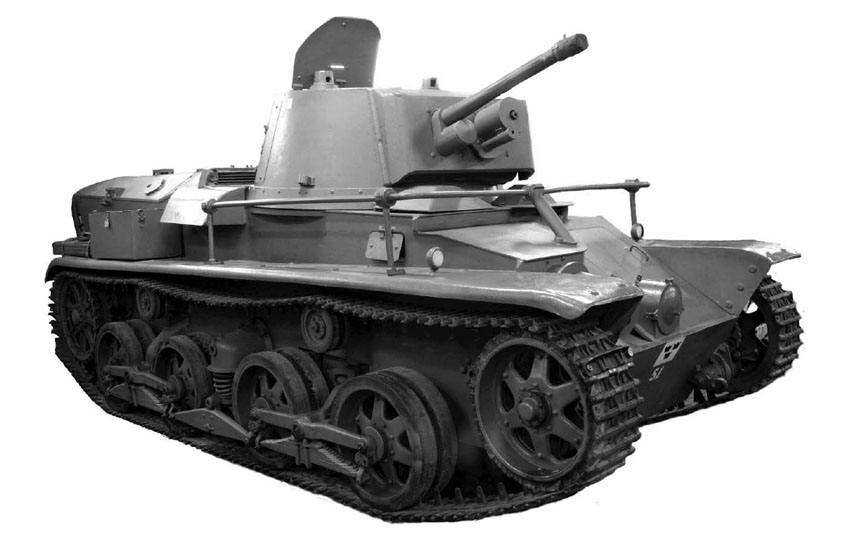
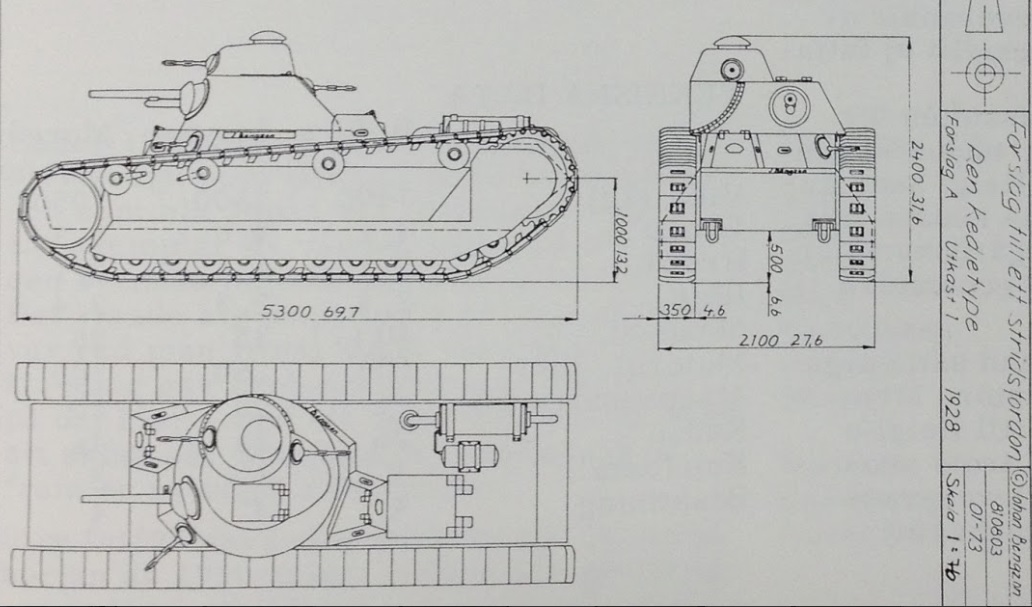
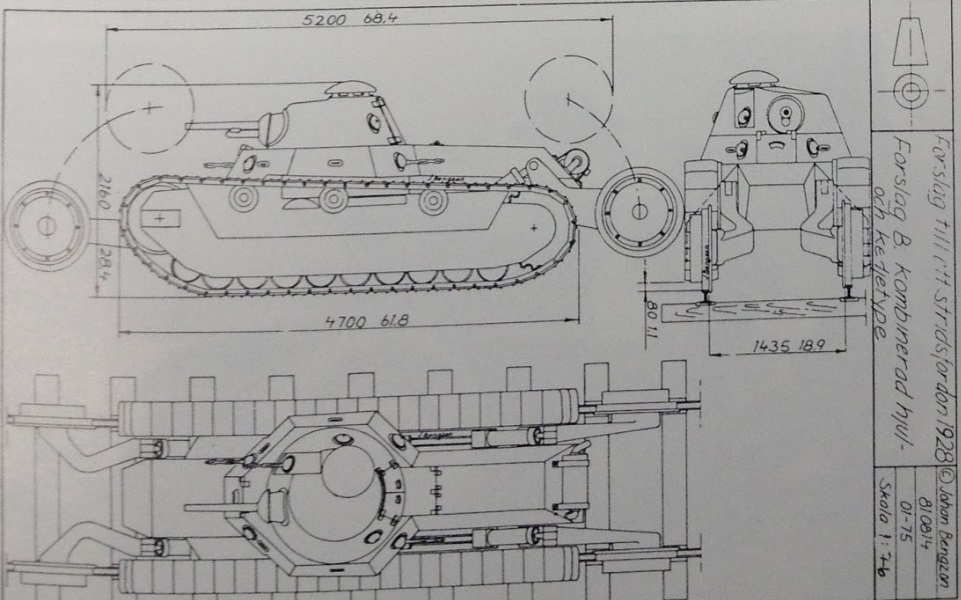
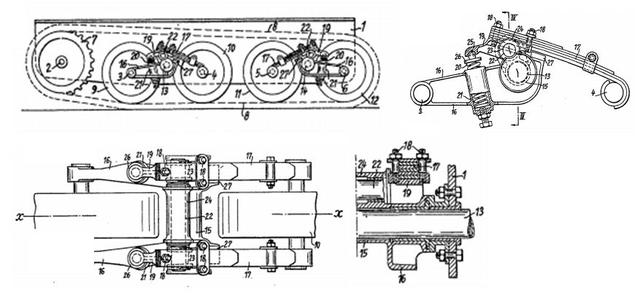

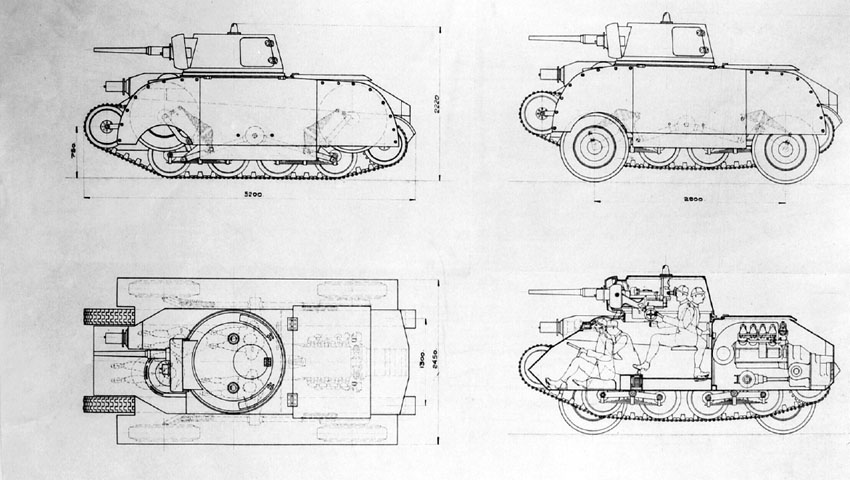
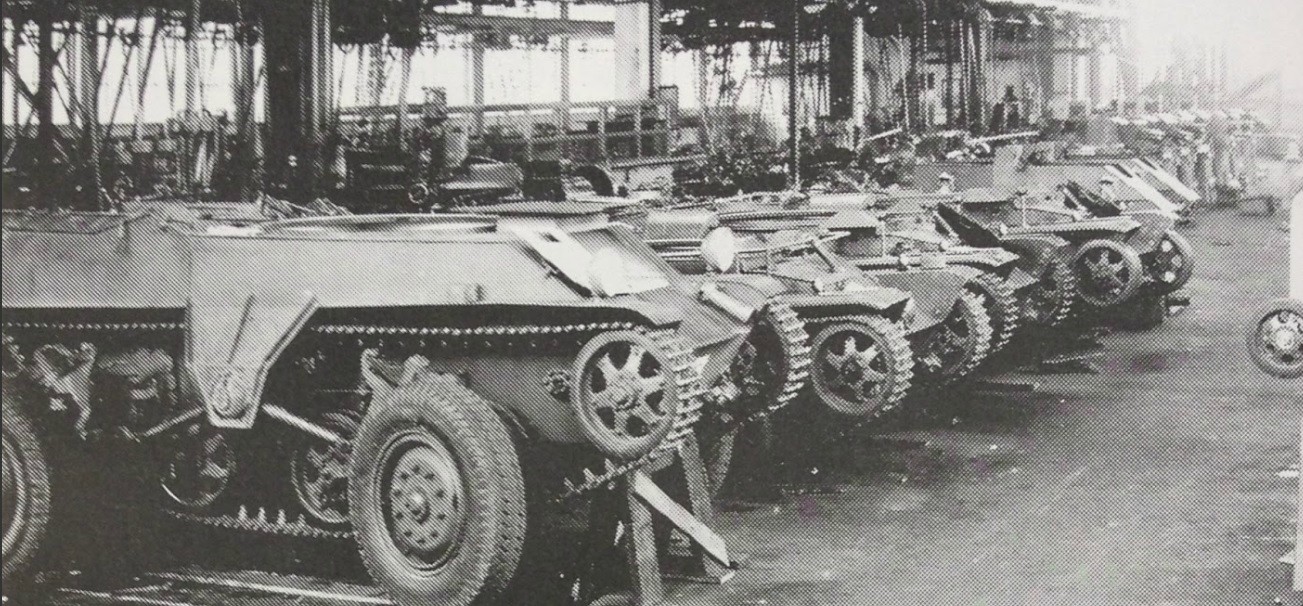

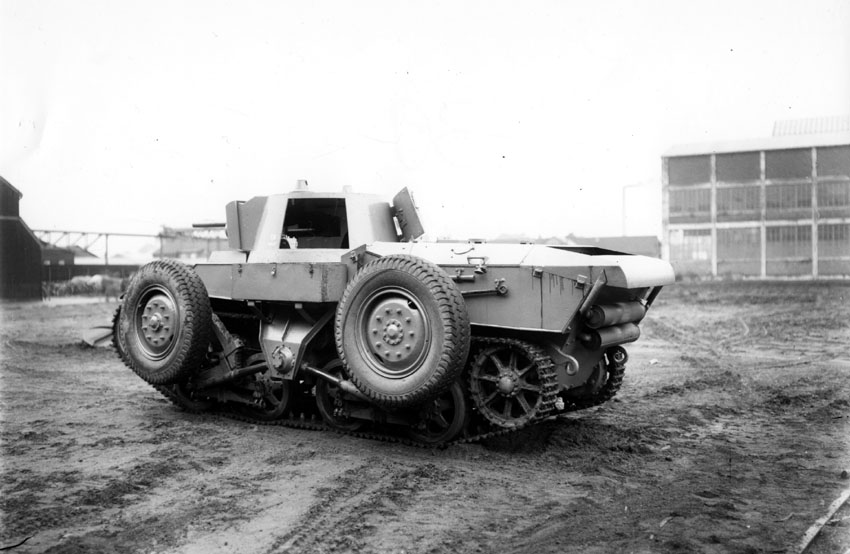

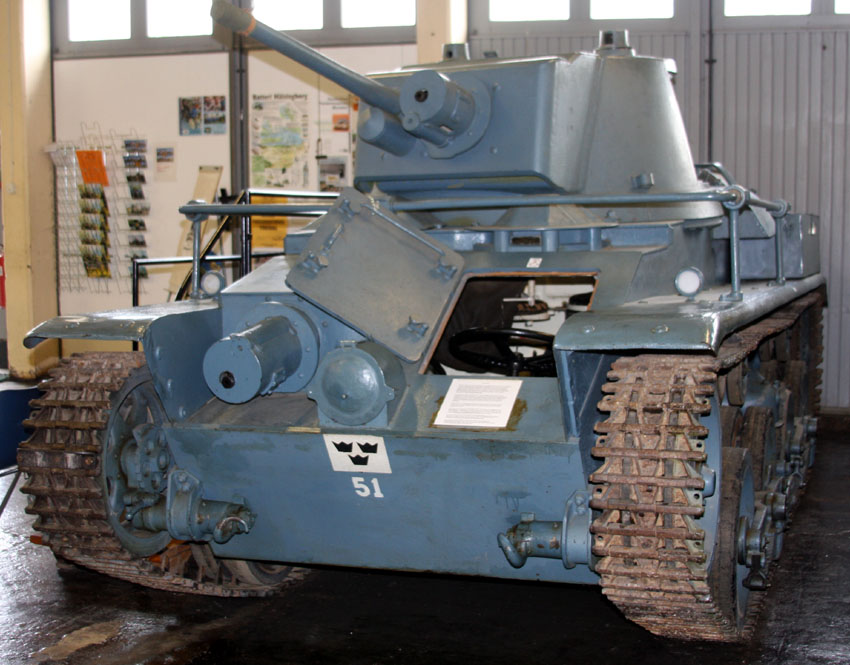
What a ugly tank!…
(From prdoucers: You will not see any wheeled vehicle in WoT ;) )
Wheel cum track designs are acceptable. In the track configuration, of course.
T7 Combat Car says Hi! to you.
That is a blatant lie tbh, all lorraine hulls have wheels. Quite literally, remove the tracks and it could still run on its truck wheels.
What the actual fuck are you talking about.
wheeels man.
http://gallery.pub.goha.ru/gals/ffsait34gd2/orig/57696331fd6005d74d63ae342f51291a.jpg
Because roadwheels are *such* a novel and unprecedented thing in tanks right? The Lorraine designers just thought replacing the usual rubber rims with full-blown tires (pun intented) – probably nitrogen-celled runflats actually – was a good way to get some etra shock absorption.
Quite literally, remove the tracks and the thing’ll just sit there spinning its drive sprockets because the dual-drive powertrain gimmick died a HONORABUR death two decades earlier already in the BT series…
Stop spinning your wheels man… =)
Looks badass :D
Tack till SP15 igen!
Jsu one question: “In late 1930, the competitors were summoned to Berlin to show their tank designs.”
Berlin, not Stockholm? Why?
Most likely due to the Landsverk and Bofors prototypes being of german origin. But that is just my guess
Surprised that there are not more comments… The more variety of tanks in game the more fun it is…